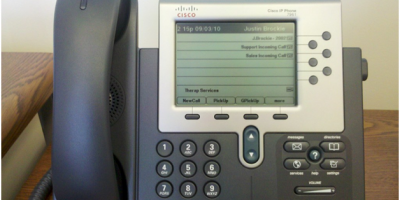What Are Panel Survey Examples? can be an excellent tool for various marketing campaigns and brand tracking. They can also help you identify which segments of your customer base are most loyal and likely to purchase again. They can also help you determine which offerings or actions evoke loyalty. These are some of the most common types of panel surveys. To learn more, read on! But before you use this tool, learn the basic concepts.

Likert scale
You may be looking for a survey example using a Likert scale. This type of question is an excellent choice for psychological or sociological research because You can use it to measure certain traits. You can also use Likert scale questions to measure customer satisfaction with a product or service. After completing the survey, you can analyze the data using a distribution chart to see how your respondents rated the product or service.
A Likert scale is ideal for measuring intangible concepts, such as attitudes and satisfaction levels. These surveys are inexpensive, quick to administer, and easy to interpret. Because respondents can only choose one response from a list of many choices, they are particularly effective for evaluating customer service. Moreover, you can use the results to better position yourself against competitors and learn what types of consumers are interested.
Multiple waves
The effect of multiple waves in panel survey examples is amplified when the sample size is large. For example, a panel survey with a significant attrition rate can have a very high attrition rate. The attrition rate can make the events occurring between waves much more apparent. Typically, the first wave is the part of the questionnaire participants are invited to fill out. As a result, it is recommended that you ask only those who can complete the questionnaire in the first wave.
In a panel survey example, multiple waves occur when the sample size increases by two or more. The first wave has a higher attrition rate than subsequent waves. In a survey example, the first wave has a 7% attrition rate, while the second wave has a 0.9% attrition rate. Unlike the population sample, panelists are more likely to respond in the first wave than in the later waves.
Reinterviewing in the same primary sampling units as in an earlier survey
Reinterviewing in the same primary sampling unit as in an earlier panel survey has advantages and disadvantages. First, the same households are sampled more than once, a process that can save time and money. Second, reinterviewing in the same primary sampling units as in an earlier panel survey allows for a more efficient estimation of the effects of community-level interventions. The use of this technique is being used in the DHS survey in Morocco and the evaluation of the impact of a program in Tanzania.
Third, reinterviewing in the same primary sampling units results in higher reporting rates than the original survey. However, the PC effect only occurs in the early waves of a panel survey. This is because the reinterviewing of respondents in the same primary sampling units increases the reporting rate by 5.5%. This means that the PC effect is small and that the original panel survey will continue to have high reporting rates.
Cost of running a panel survey
Compared to the costs of an Ad-hoc survey, the panel cost is approximately ten times higher than those of a CAPI or CATI survey. A panel may be set up yourself or contracted through a third party. In either case, the cost involved in running a panel survey includes:
- Recruiting panelists.
- Defining an incentive for participating.
- Creating a registration form.
- Creating a database for queries.
The ALP panel manager will use your final questionnaire and specifications to prepare your survey. The fee for ALP surveys is determined based on a standard pricing formula, though additional costs may apply if you require customized widgets or extensive modifications after programming your survey. For example, the estimated number of minutes for a survey depends on the RAND ALP team’s estimate and not on time spent by the panel members.





